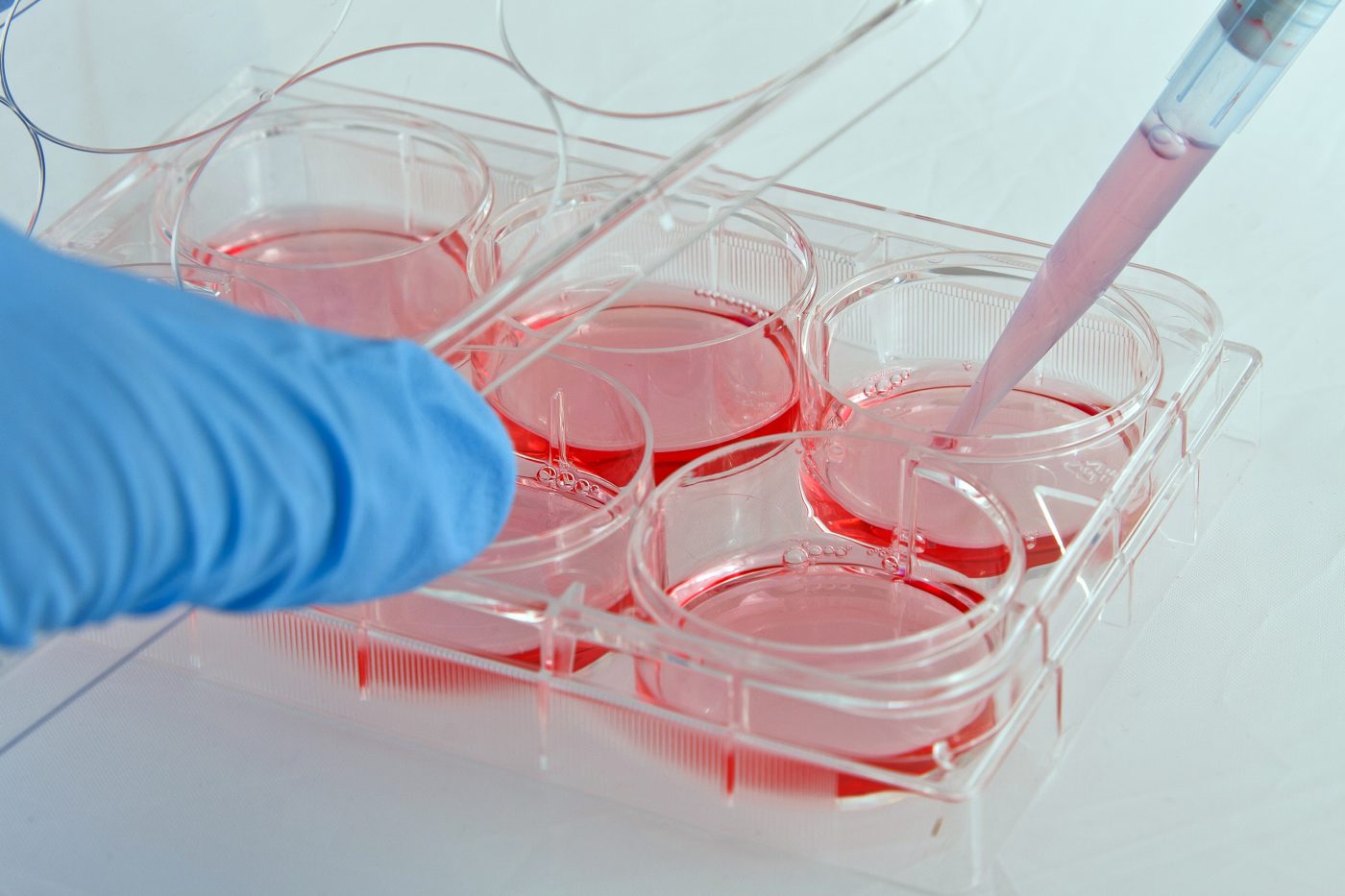Chances for Muscle Regeneration Improved with Pre-Transplant Cell Treatment

A newly published study, “Enhancement of Satellite Cell Transplantation Efficiency by Leukemia Inhibitory Factor,” indicates that the cells, also known as muscle stem cells, treated with leukemia inhibitory factor (LIF) are better at forming new muscle fibers when transplanted into the body
Satellite cell transplantation has been studied as a therapeutic approach for many years to induce the production of new muscle fibers in people with muscle disease such as Duchenne muscular dystrophy.
Enhanced transplantation efficiency could have great implications for people with muscle diseases because it means that more undifferentiated satellite cells can survive in the body and hopefully generate more muscle fibers to replace those lost to disease.
But growing enough satellite cells for transplant must be done in the laboratory – which tends to make them lose their undifferentiated state and reduces their transplantation efficiency.
According to the study published in the Journal of Neuromuscular Diseases, researchers found an answer to the problem: when satellite cells grown in the laboratory were treated with LIF, they maintained their undifferentiated state. The treatment also increased their transplantation efficiency.
In a press release, Dr. Shin’ichi Takeda, of the Department of Molecular Therapy, National Institute of Neuroscience, National Center of Neurology and Psychiatry in Kodaira, Japan said the study is likely the first to report the effects of LIF on primary satellite cell transplants.
“This research enables us to get one step closer to the optimal culture conditions for muscle stem cells,” Takeda said.
LIF is a cytokine, or cell-signaling molecule known to inhibit cellular differentiation. It is thought to be involved in muscle regeneration but the exact mechanism for how LIF enhances transplantation efficiency of satellite cells is not yet clear.
Study authors say they will next attempt to identify the downstream targets of LIF to help “clarify the functional importance of LIF in muscle regeneration and further its potential application in cell transplantation therapy.”






